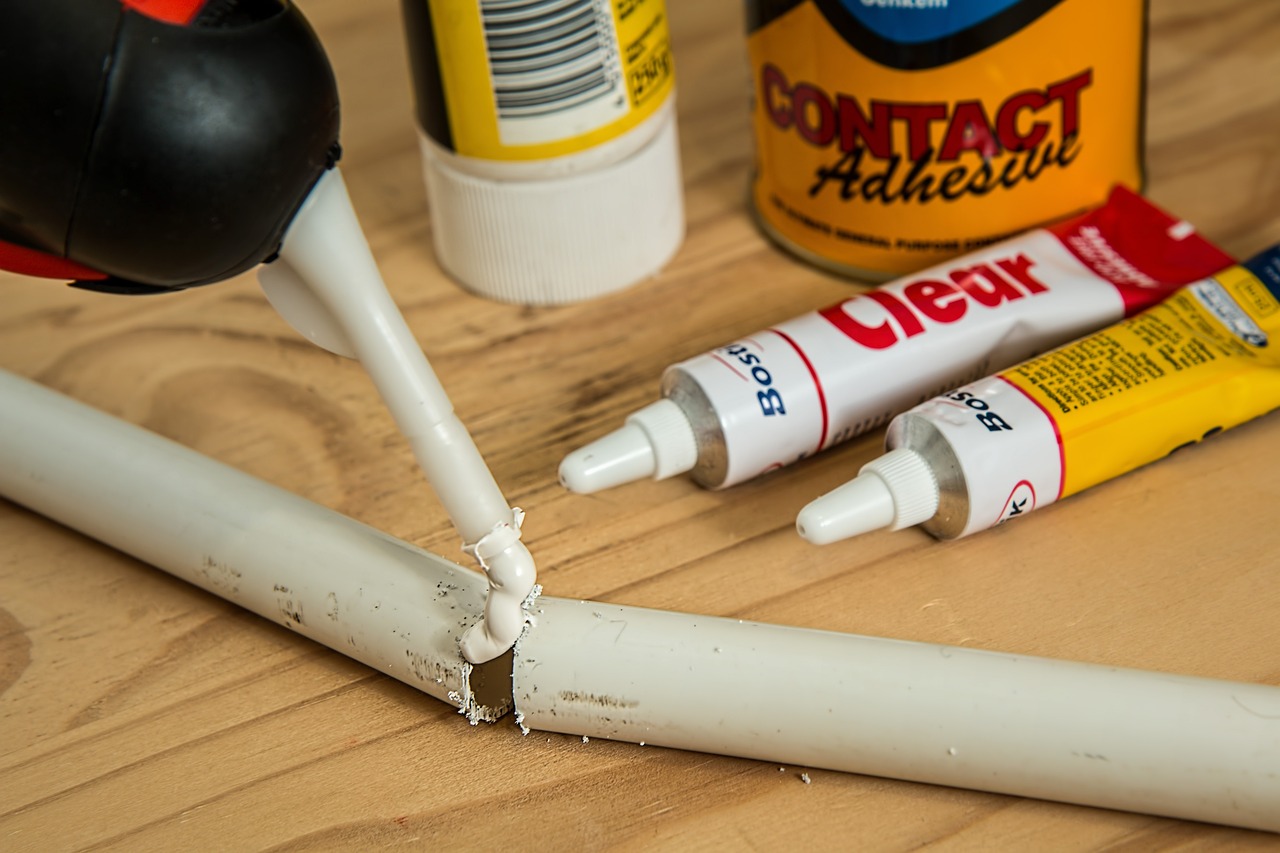Introduction
Glue is a common household item that is widely used for various purposes, from crafting to repairs. There is a popular belief that glue is derived from horses, specifically from their hooves or bones. In this article, we delve into the origins of glue and explore whether horses are indeed the source. We also investigate whether horse-based glue is still used today or if modern manufacturing processes have evolved. Let's separate fact from fiction and shed light on the truth behind glue production.
Historical Origins
Historically, animal-based glues were commonly used for adhesive purposes, and horses played a role in this process. Hoof glue, known as animal glue or hide glue, was made by boiling down animal tissues, including hooves, bones, and hides. The collagen present in these animal parts would break down during the boiling process, resulting in a sticky adhesive substance that could be used for various applications.
Modern Glue Production
Today, the manufacturing of glue has advanced significantly, and horse-based glue is no longer the primary source. The majority of commercial glue products are now derived from synthetic materials or plant-based sources. Synthetic glues, such as polyvinyl acetate (PVA) and cyanoacrylate (commonly known as super glue), are widely used due to their strength, versatility, and ease of production. These synthetic glues are formulated using chemicals and do not involve animal-derived ingredients.
As for plant-based glues, they are often derived from materials such as starch, soy, or vegetable gums. These natural adhesives are considered eco-friendly alternatives to synthetic glues and are commonly used in various industries, including woodworking, paper production, and crafts.
Animal-Based Glue Today
While horse-based glue is not as prevalent in modern glue manufacturing, there are still niche industries that utilize animal-derived adhesives. Gelatin, a protein derived from animal collagen, is used in some specialty glues and adhesives. However, it is essential to note that not all gelatin-based products are sourced from horses specifically. Gelatin can come from various animal sources, including cows, pigs, and fish.
Conclusion
Contrary to popular belief, glue is no longer primarily derived from horses. Modern manufacturing processes have evolved, and the glue industry now relies heavily on synthetic materials and plant-based sources. Horse-based glue, known as animal glue or hide glue, was used historically but has been largely replaced by synthetic and plant-based alternatives due to their availability, performance, and eco-friendly nature. While there may still be niche applications that utilize animal-derived glues, the overall trend has shifted away from horse-based glue in contemporary production.
References:
1. The Guardian. (2013). Sticky situations: where does glue come from? Retrieved from https://www.theguardian.com/lifeandstyle/shortcuts/2013/feb/17/sticky-situations-glue-stick-horses
2. Dixon, T. (2014). Adhesives and Sealants: Technology, Applications, and Markets. William Andrew Publishing.
3. Ziccarelli, L. (2017). The Glue Book: How to Make Glue from Natural Ingredients. CreateSpace Independent Publishing Platform.










